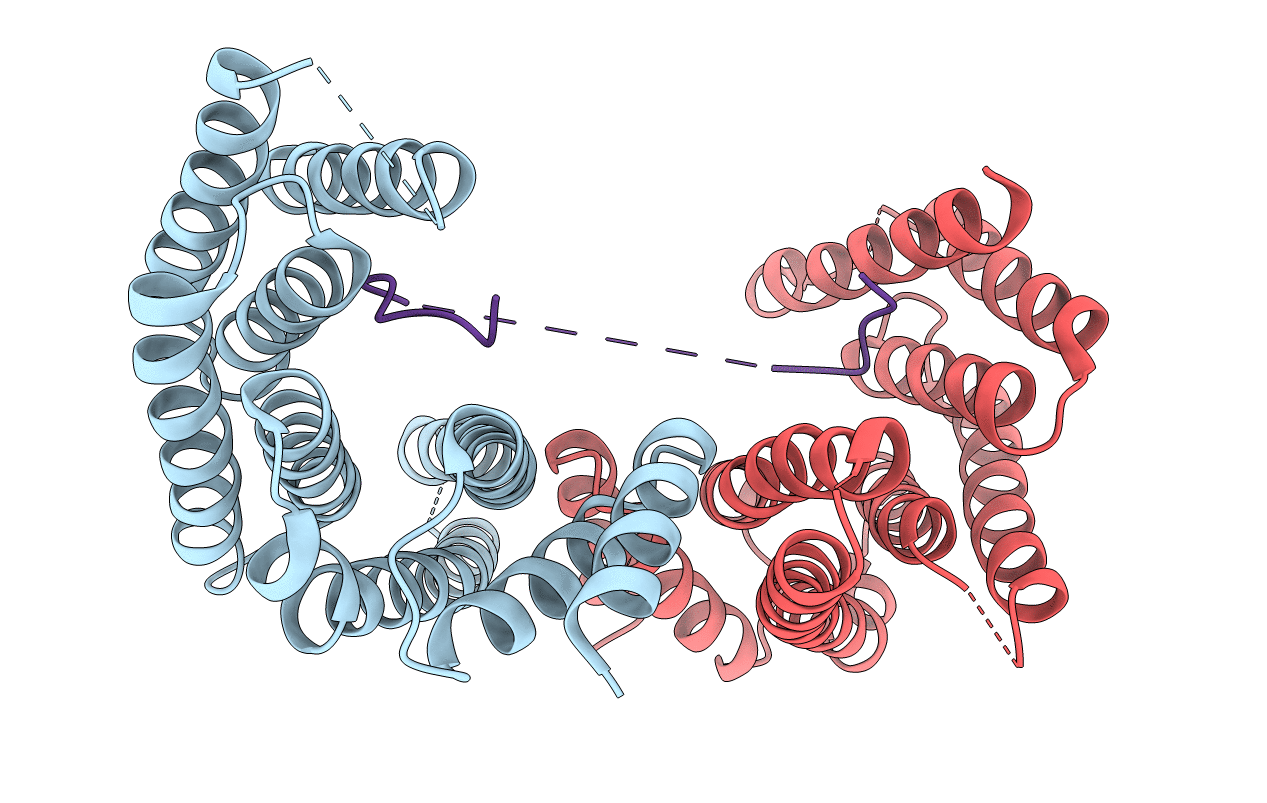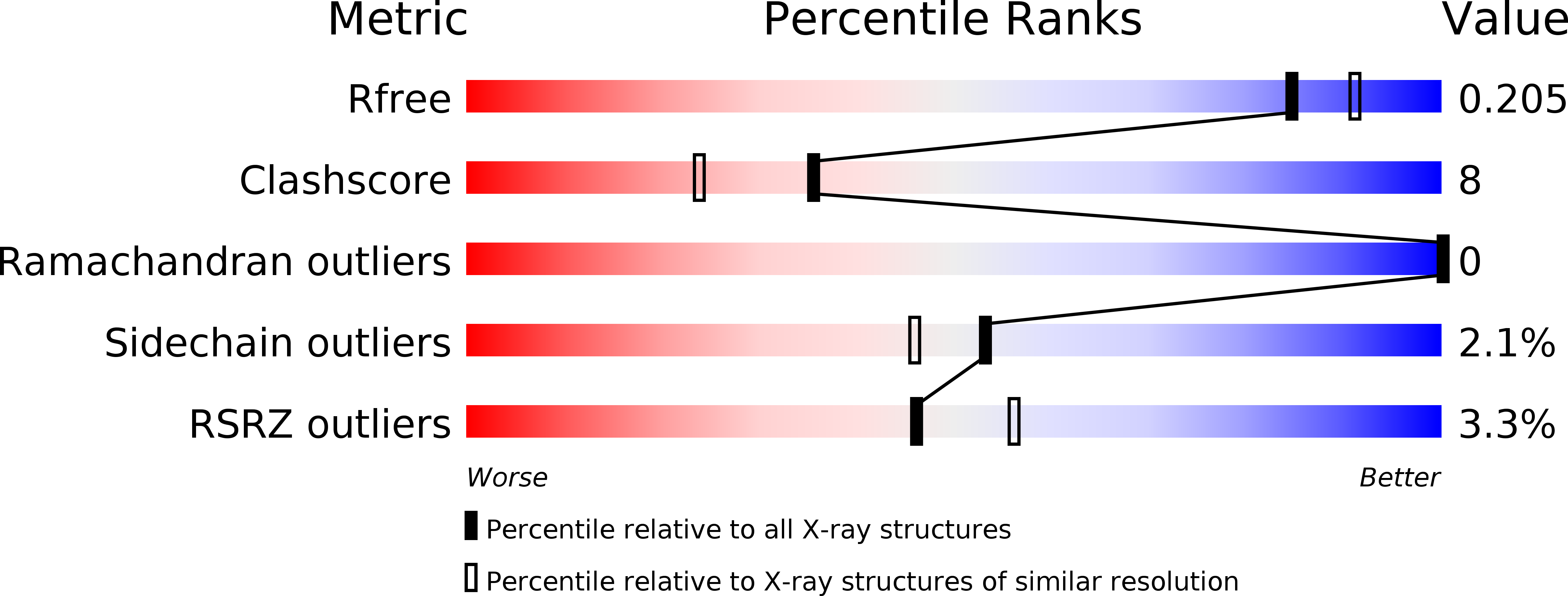
Deposition Date
2012-06-11
Release Date
2012-09-05
Last Version Date
2024-11-20
Entry Detail
PDB ID:
4FJ3
Keywords:
Title:
14-3-3 isoform zeta in complex with a diphoyphorylated C-RAF peptide
Biological Source:
Source Organism:
Homo sapiens (Taxon ID: 9606)
Host Organism:
Method Details:
Experimental Method:
Resolution:
1.95 Å
R-Value Free:
0.20
R-Value Work:
0.15
R-Value Observed:
0.16
Space Group:
P 21 21 21


